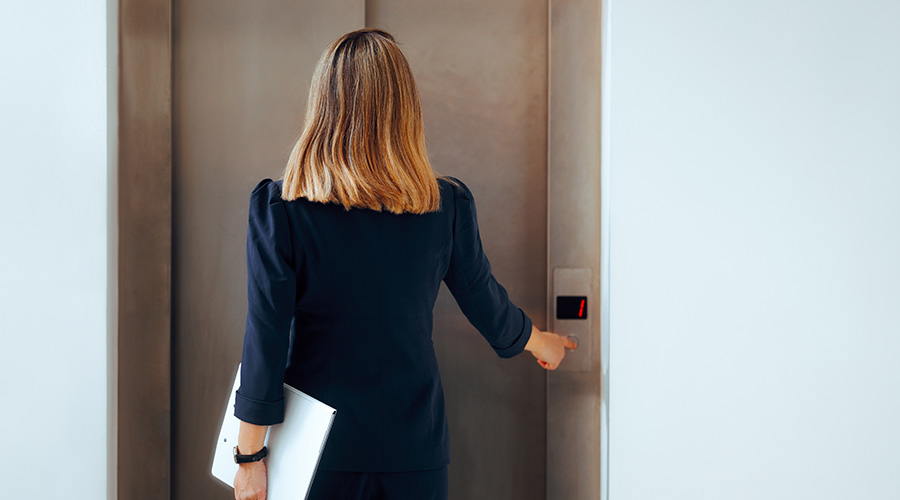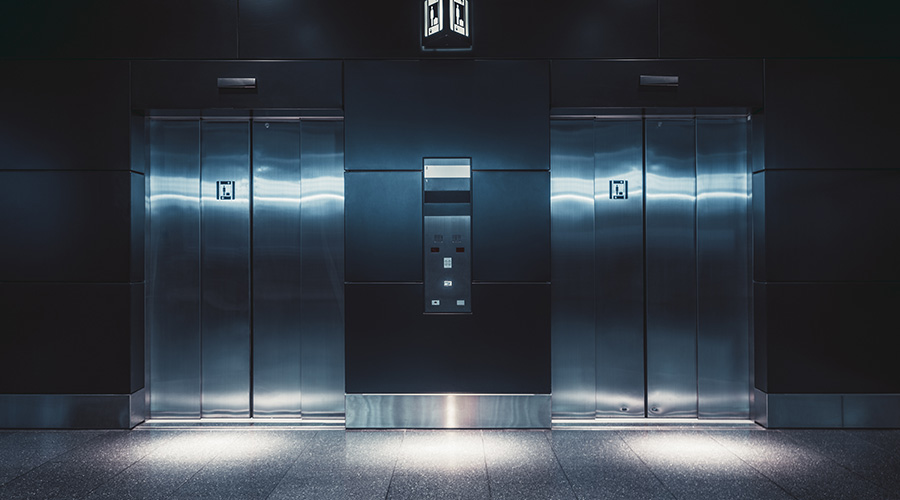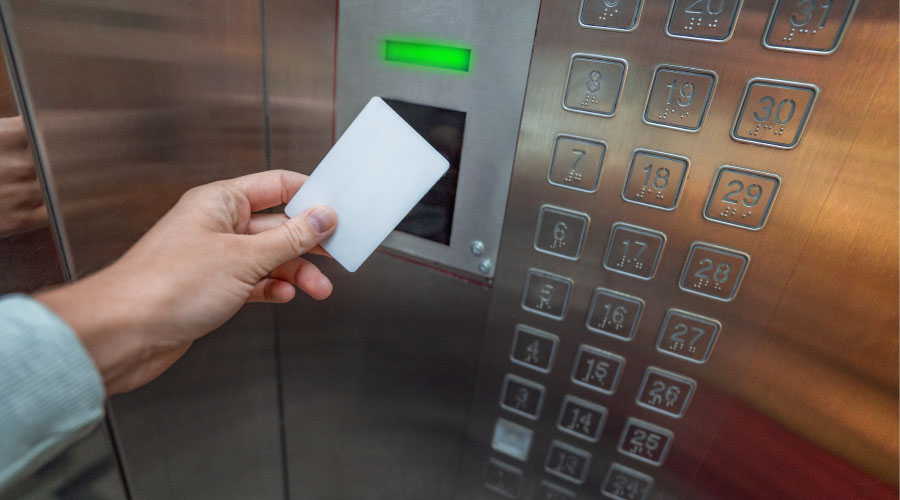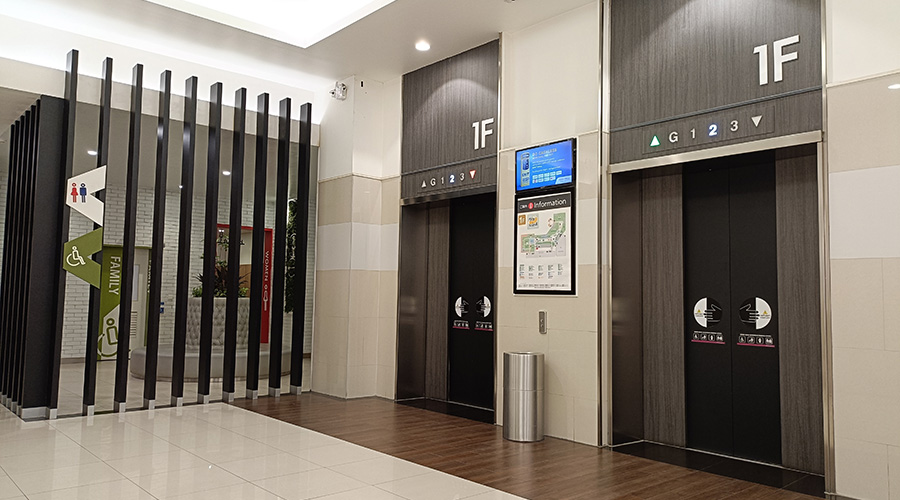Preparing to Put the Elevator Modernization Plan into Action
If it's been a while since elevators or escalators have been installed, a key step in the modernization process is to examine codes. Most likely, there will have been changes in building, life-safety or elevator safety codes since the elevators and escalators were originally installed. Some of these changes will require certain components to be included as part of the equipment modernization. Other changes, related to changes within elevator safety codes, may be required to existing building systems as a result of modernizing the equipment. It is essential that property managers and owners considering a modernization of their existing elevator and escalator systems learn about these code-related issues so that the true cost of the modernization can be determined at the beginning of the project. Learning the new codes before starting a project can also help ensure acceptance of the modernized systems by the code enforcing authorities when the modernization is complete.
The next step is to develop the actual modernization plan. This plan is used to develop the appropriate specifications for the elevator or escalator modernization, and related building work necessary for code compliance as a result of the equipment modernization.
For modernizations in buildings with one to four elevators, the scope of related building work is generally limited and often is included in the elevator contractor's scope of work. In these instances, the contractor should subcontract and manage completion of the related work items at the appropriate times during the modernization.
Modernization of elevators or escalators in major high-rise properties and the associated building work is significantly more complex. In these instances, it is necessary to engage the services of a competent general contractor during the modernization process. The general contractor will manage all aspects of the modernization, coordinate work schedules of all sub-contractors, approve contractor payments, and ensure that the appropriate safety practices are maintained.
Once the modernization plan has been determined, make sure to plan for the appropriate level of preventive maintenance up until the time the first elevator is removed from service. This is important because fewer elevators will be handling all of the building's traffic during the entire modernization process. Elevator systems that are experiencing reliability issues prior to the modernization will only become more stressed during the modernization process. The goal here is not to completely rebuild components that will be replaced during the modernization, but instead to sufficiently stabilize the existing systems so as not to exacerbate current reliability issues.
Communication Can
Ease Tenant Concerns
Depending on the size of the building and the number of elevators or escalators to be modernized, the modernization process can take a substantial amount of time, often in excess of a year, to complete. Prior to the start of the modernization and during the modernization, tenant communication about the modernization and the benefits they will experience upon completion can significantly reduce frustration caused by the temporary reduction in elevator service.
Visual indicators in the main elevator lobby about the status of the project are a good starting point for keeping tenants apprised. Also, provide mock-ups in the lobby of new cab finishes, send out monthly newsletters to all tenants, and host periodic tenant appreciation "coffee break" sessions in the lobby. When the project is complete, do a ceremonial ribbon cutting. These are all ways to mitigate tenant frustration.
Successful completion of an elevator or escalator modernization encompasses a wide variety of planning issues. It is not as simple as soliciting a modernization proposal from an elevator service provider. A modernization might be best planned and managed by specialist consultants who consider all of the aspects outlined above, are knowledgeable of the systems and technologies available from all of the elevator manufacturers, and can recommend the appropriate scope of work to achieve the desired end results.
Jay Popp is executive vice president, international, of Lerch Bates, Inc., a global firm that offers consulting on elevators, escalators, and other means of vertical and horizontal transportation, as well as materials management and handling and facade access. Popp has more than 30 years of experience in elevator consulting.
Related Topics:













